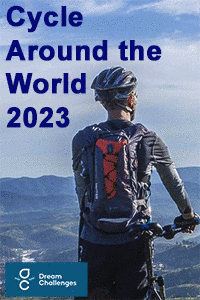Positive Health Online
Your Country

Research: HAMIDAH and COLLEAGUES,
Listed in Issue 161
Abstract
HAMIDAH and COLLEAGUES, Department of Pediatrics, Faculty of Medicine, National University of Malaysia, Kuala Lumpur, Malaysia. midalias@mail.hukm.ukm.my conducted a cross-sectional study to determine the prevalence of use of Complementary and Alternative Medicine (CAM) by children and to compare the characteristics of CAM and non CAM users.
Background
The purpose of the current study was to determine the prevalence of use of complementary and alternative medicine (CAM) by children with cancer and to compare the characteristics of CAM users and CAM nonusers.
Methodology
A cross-sectional study was performed at a paediatric oncology center in Kuala Lumpur, Malaysia. The parents of 97 children with cancer were interviewed using a structured questionnaire.
Results
Overall, 84.5% of the respondents had used CAM, and most of them believed that CAM provided a boost to the immune system, and used CAM with the intention to complement conventional treatment. The most frequently used CAM was water therapy (78%), followed by spirulina (33%), vitamin C (27%), multivitamin (23%), visit to traditional healers (22%), sea cucumber (Stichopus horrens) (15%), and Chinese traditional medicine (12%). The Malay (n = 67) were using more often (93%) CAM than non-Malay (n = 30, use 67%, P = 0.001).
Conclusion
CAM use is common among Malaysian children with cancer. Understanding the sociocultural dimension of patients' health beliefs is important to a successful treatment, and paediatric oncologists should ask for the use of CAM.
References
Hamidah A, Rustam ZA, Tamil AM, Zarina LA, Zulkifli ZS and Jamal R. Prevalence and parental perceptions of complementary and alternative medicine use by children with cancer in a multi-ethnic Southeast Asian population. Pediatric Blood & Cancer. 52(1):70-4. Jan 2009.



